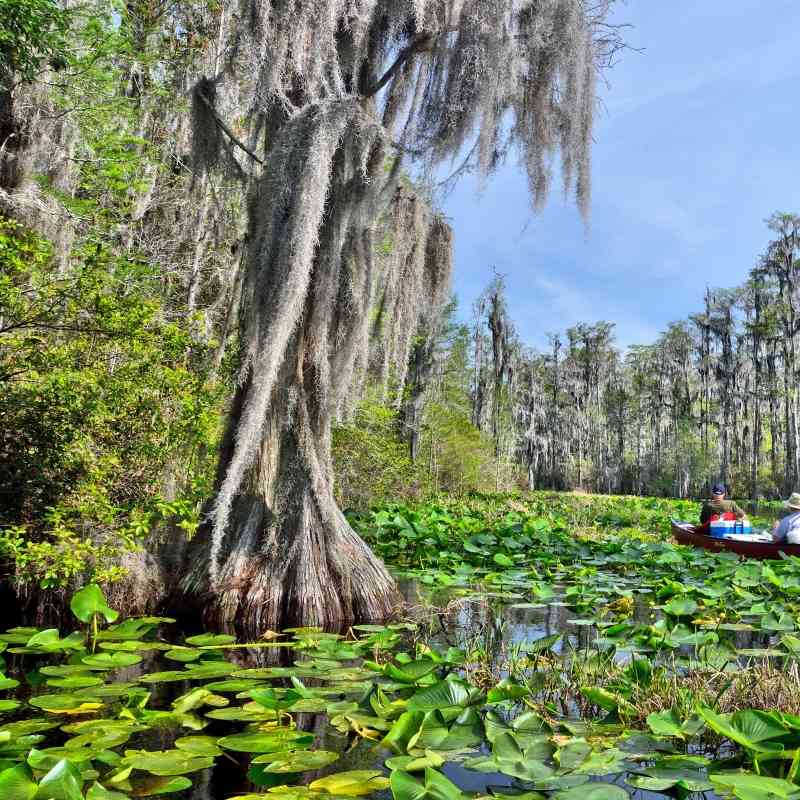North Atlantic right whales are dying at a rapid pace this year and Defenders is prepared to do everything in our power to save this rare species from more losses of life.
For the North Atlantic right whale, one of the most critically imperiled large whale species in the world, 2017 has been a terrible year – indeed, probably the worst year since commercial whaling was banned in 1937.
Beginning in April of this year, when a dead right whale was found stranded in Cape Cod Bay, the death toll has just kept rising. Two additional right whale deaths have been confirmed in the United States and an unprecedented twelve dead right whales have been confirmed in Canada. For a species with fewer than 500 individual surviving members, these mortality levels are absolutely devastating. Fifteen dead whales— three percent of their total population—is a catastrophic loss. Because not all right whale carcasses will be discovered, the true number of deaths is probably even higher.
To put this in perspective, the National Marine Fisheries Service (NMFS) has previously found that the loss of even a single right whale may contribute to the extinction of the species. Even prior to this year’s horrifying spate of deaths, Defenders and its conservation allies had been extremely concerned about the lack of progress in right whale recovery. Despite decades of protection in the U.S. under the Endangered Species Act (ESA) and Marine Mammal Protection Act (MMPA), leading right whale scientists recently concluded – with a 99.99 percent degree of certainty – that the species has been in decline since 2010.
The situation unfolding is so dire that, in response to this year’s unprecedented die-offs NMFS has declared the current phenomenon an unusual mortality event under the MMPA. This declaration puts much-needed pressure on government agencies by necessitating an immediate investigation into the causes of this significant die-off.
Dissecting These Die-Offs
We have known for a long time that entanglement in fishing gear and ship strikes are the two largest causes of right whale mortality. Although the data and analysis are not yet complete for all the right whale carcasses recovered and necropsied, it appears as if these killers are likely responsible for this year’s overwhelming death toll. Preliminary evidence from both the U.S. and Canada shows that some of the dead right whales were hopelessly entangled in heavy fishing ropes while others showed blunt-force trauma marks consistent with being struck by a vessel.
Snared and Struck
Entanglements can drown right whales by keeping these air-breathing mammals from reaching the surface. They can also interfere with movement and feeding and create wounds when ropes cut into an entangled whale’s skin, leading to slow and painful deaths by starvation and infection. Alarmingly, new scientific studies show that fishing gear entanglements not only kill right whales outright, but also impose such an energetic cost on females, due to the burden of dragging entangled gear around, that they are bearing fewer calves. Indeed, 2017 is one of the worst years on record for baby right whales, with only five documented calves born. When you realize that some 85 percent of all known right whales have scars from entanglements in fishing gear, the tremendous risks that fisheries pose to the very survival of the right whale becomes clear.
Ship strikes are also a life-threatening risk to right whales, which migrate up and down waters off the eastern coasts of Canada and the U.S. every year, through some of the busiest commercial shipping lanes in North America. Although we think of whales as the behemoths of the sea, they are dwarfed by huge container vessels, cruise ships, and other vessel traffic, and stand little chance of survival when one of these vessels runs them over at speed. For this reason, Defenders and its conservation allies worked hard for many years to get NMFS to implement speed limits for large vessels when whales’ seasonal migrations put them into the traffic danger zones. Yet the U.S. ship strike rule doesn’t go far enough, and Canada doesn’t have any permanent speed limit rules in place.
Working for Right Whales Right Now
Defenders and its conservation allies are taking action to protect the North Atlantic right whale from further unsustainable losses. We have just sent NMFS a 60-day notice of our intent to sue under the ESA and MMPA for its management of the American lobster fishery, which continues to seriously injure or kill right whales every year through entanglements in vertical lines.
We have also just sent a detailed letter to the Canadian government, urging it to step up to the plate and protect right whales from both entanglements and ship strikes in Canadian waters.
The situation is dire, but we will do everything in our power to halt and reverse the right whale’s slide toward extinction.
Follow us on social media to stay up-to-date on the latest developments concerning wildlife from Capitol Hill and other news important our work. Don’t forget to sign up for our emails where you will get all the latest news and action alerts to support wildlife.
Author

Jane P. Davenport
comments
Wildlife & Wild Places







